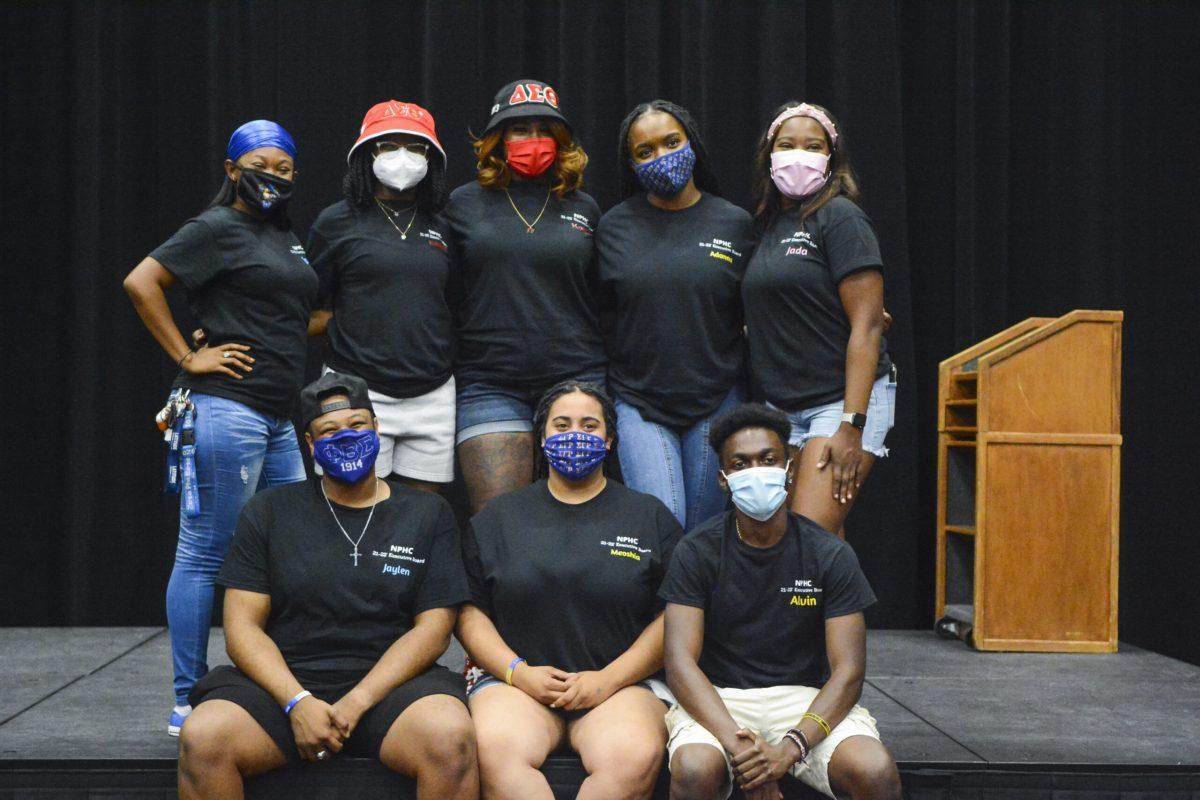Math. Many consider this one of the most sensible and reliable subjects. Since elementary school, we have been conditioned to never question fractions, multiplication, or even the most complex equations that we may not understand. As a writer, there are not too many equations that make sense to me. However, recently I’ve stumbled upon some numbers some of N.C. State’s brightest engineers should find quite disturbing.
According to the Center for Disease Control (CDC), in 2005, blacks made up 13 percent of the population. It may blow your mind to find that blacks also made up 49 percent of people who contract HIV/AIDS. Adding insult to injury, this vast majority of the population faces shorter life spans. HIV/AIDS is one of the leading causes of death due to poverty, sexually transmitted infections, and unnecessary stigmas. These things place blacks at another disadvantage because we are more heavily affected by sexually transmitted infections and negative stereotypes than any other minority group. About 25 percent of all blacks live in poverty-stricken conditions.
Before being presented with the numerical data, Tyrik Hicks, a sophomore in chemical engineering, felt that he was “very aware of this epidemic.” However, he was outraged at the actual data.
“Wow. I knew the percentage was large, but nearly 50%? That’s extreme and something needs to be done!”
AIDS/HIV is affecting an entire population. So what can we really do? Well, the CDC gives these tips, in a very small nutshell. Use your ABC’s. A=Abstinence, B=Be faithful, C=Condoms. While these methods are wonderful in theory, they are things that we’ve all heard since being old enough to discuss sex. Yet, the rates of contracting HIV/AIDS have increased. African-Americans have been proven to begin having sex at a younger age than other ethnic groups.
It is sometimes difficult to imagine an entire population, so let’s bring this issue closer to home by thinking specifically about college-aged people. Both Kelly Cosper and Terrence Patterson agreed that college-aged youth put themselves at a greater risk for contracting the disease.
“HIV/AIDS is a scary reality for college students. There seems to be higher rates of unprotected sex and even rapes in the college environment. I am sure HIV/AIDS is not uncommon, but then again, we tend not to speak about it, so I really have no idea,” said Cosper, a junior in communication.
Patterson, a senior in parks and recreation, and tourism-sports management, thought that the issue of HIV/AIDS is not taken as seriously as it should be at this age because “those of college age tend to be more careless and have multiple partners without knowing their status [of sexual health] [due to] this sense of invincibility.”
Regardless of race, major, or classification, each of these students realized the importance of getting tested and maintaining knowledge and awareness. Each of them were also at a loss for how to realistically prevent this disease overall.
It is more than unfortunate that, like the very same ones we’ve trusted our entire lives, the numbers relating pertaining to HIV/AIDS within the African-American and college communities, don’t lie. This is one instance in which many wish that they did.
For more information and details concerning this topic, please visit www.cdc.gov.





